This past weekend, pickleball pro Travis Rettenmaier compared this era of pro pickleball to MLB's "juiced" era.
That era was during the late 1990s and early 2000s period of baseball, when a handful of players were hitting home runs at a record-breaking pace. In 2007, The Mitchell Report came out attributing this era to steroid and performance-enhancing drug use.
There was more recently another era in America's pastime, where MLB had another "juiced" controversy. This time, it was over the baseballs being used.
Juiced ball phenomenon
Less than a decade ago, Major League Baseball faced scrutiny over an alleged "juiced ball" phenomenon that coincided with a spike in home run rates.
In 2000, MLB turned to the University of Massachusetts-Lowell's Baseball Research Center (BRC) to investigate the matter scientifically.
The Center, which was founded with a $400,000 grant from Major League Baseball and Rawlings Sporting Goods in October 1998, used a pitching machine in combination with ballistic speed gates to measure the "liveliness" of a baseball.
UPA-A Makes Announcement Regarding Paddle Testing, But It’s Not What You Might Think
The UPA-A came out with an announcement Tuesday regarding how it was going to move forward with paddle testing, but it failed to mention the rumors of certification fees coming for manufacturers.
 The Dink PickleballJason Flamm
The Dink PickleballJason Flamm
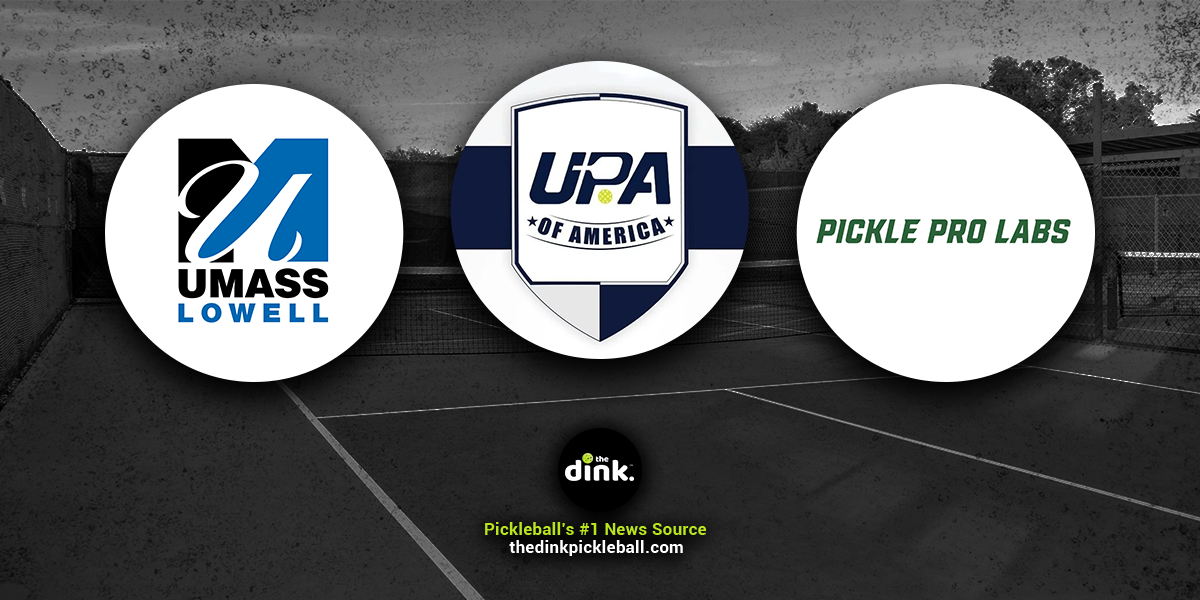
A record number of home runs were being hit and the media and fans were poised to blame changes in the composition of the baseball. The Baseball Research Center performed a number of tests for MLB and proved that the baseball being used during the 2000 season was within MLB specifications.
From 1999 to 2011, the Center was also the official certification center for all bats approved for use in NCAA baseball. The lab worked in cooperation with the NCAA and other entities – including bat manufacturers – in developing standards for bat performance and the enforcement of those standards.
Why does the BRC sound familiar?
Well, on Tuesday, the UPA-A (United Pickleball Association of America) put out a press release announcing a partnership with Pickle Pro Labs (PPL) to establish a UPA Certification Program for pickleball paddles and equipment.
In that same release, it said that PPL will collaborate with the University of Massachusetts-Lowell's Baseball Research Center on its paddle certification initiative.
What does the BRC do?
For MLB, the BRC conducted extensive tests on the physical properties of baseballs used during the periods in question. One key metric analyzed was the coefficient of restitution (COR), which is now a test performed by USA Pickleball.
What is the coefficient of restitution test?
The COR test is a measure used to determine the "bounciness" or elasticity of a collision between two objects, such as a ball and a bat or a ball and a pickleball paddle.
This coefficient is expressed as a value between 0 and 1, where 0 indicates no bounce (a completely inelastic collision), and 1 indicates a perfectly elastic collision where no kinetic energy is lost.
How it works
In the context of sports like baseball and pickleball:
- Baseball: The COR test is typically used to evaluate the performance of baseballs and bats. It measures how much energy from a pitched ball is retained after it hits the bat, which affects how far the ball can travel. A higher COR means more energy is retained, making the ball travel a greater distance.
- Pickleball: Similarly, in pickleball, the COR test measures the energy transfer from the paddle to the pickleball at the moment of impact. A higher COR for paddles and balls means more efficient energy transfer, allowing the ball to travel faster.
Essentially, a higher COR means more bounce, making the game faster and more challenging.
USA Pickleball (USAP) specifies acceptable ranges for the COR to ensure that all officially used paddles and balls have similar performance characteristics, maintaining fairness and consistency in play.
Manufacturers of pickleball equipment aim to produce equipment with consistent COR values to ensure uniformity in gameplay. This is important not only for professional and competitive play, but also for recreational players.
The results in MLB
Despite public speculation and anecdotal evidence suggesting that baseballs were somehow "juiced," the research concluded that the balls complied with previous standards. The studies showed that the baseballs had not significantly changed in a way that would enhance their flight distance.
These findings helped MLB clarify the situation and provided a scientific basis to counter claims of tampered baseballs.
How this relates to pickleball
As you're likely very aware by now, USA Pickleball has delisted specific pickleball paddles in this year's version of "PaddleGate." It began with the JOOLA Gen3 paddles and most recently with the Vatic Pro Oni.
Vatic Pro Oni the Latest Paddle Delisted by USA Pickleball
In what seemingly has become a common occurrence of late, USA Pickleball has delisted another paddle after it failed its more rigorous testing requirements.
 The Dink PickleballJason Flamm
The Dink PickleballJason Flamm
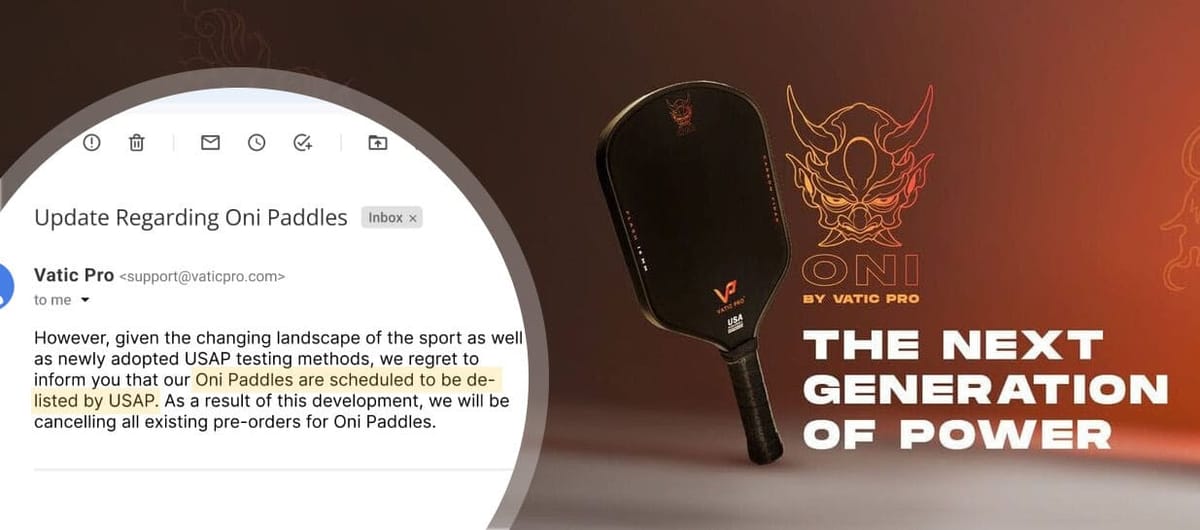
Which has led to a lawsuit being filed by JOOLA against USAP.
It’s Official: JOOLA Files Lawsuit Against USA Pickleball
In a move that was anticipated, JOOLA has filed a lawsuit against USA Pickleball over the delisting of Gen 3 paddles by the governing body.
 The Dink PickleballJason Flamm
The Dink PickleballJason Flamm
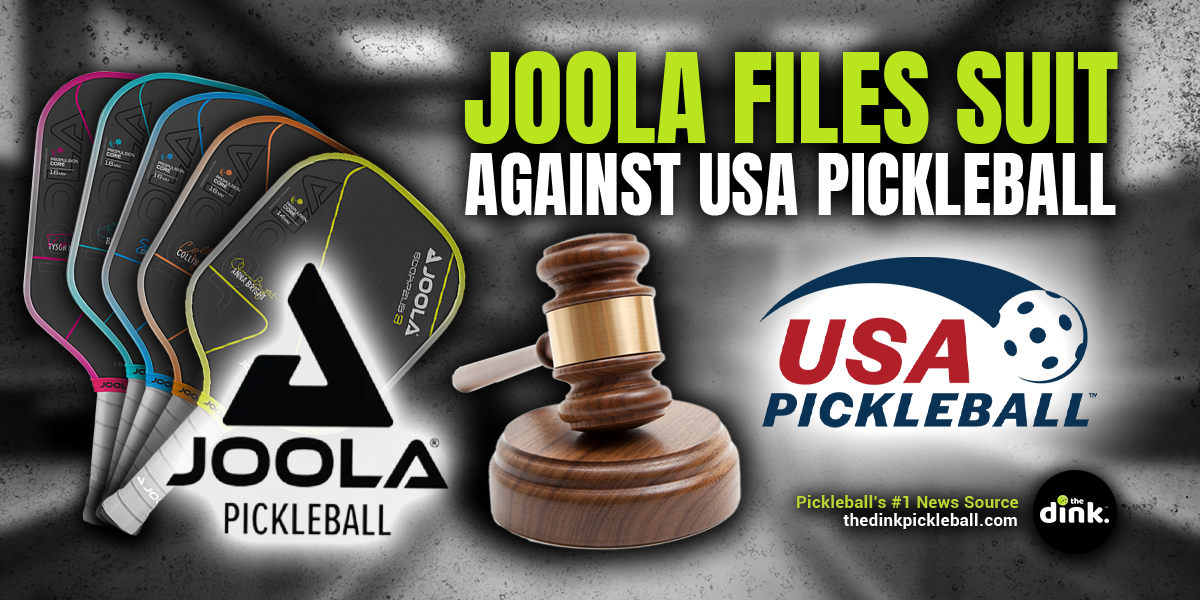
Though the reasoning behind the delistings has been vague – with no official word as to which test each failed to warrant such a move – many speculate that it has to do with the COR test.
These paddles are just too powerful.
Paddle reviewers have even performed their own tests – specifically on the JOOLA Gen3s – and one of them, John Kew, concluded that the ball comes off of those paddles at a rate that exceeds the human reaction time.
That's a real problem – unless you own a protective eyewear company.
This isn't the first PaddleGate the sport has seen, so why is all of this happening now?
We are living in PaddleGate, 3.0
Technically, you could consider this current era "PaddleGate Three."
First, there was CRBN in April 2022, when the USAP delisted the CRBN 1 & 2 paddles because they were too "gritty."
The Ban on CRBN Paddles
Update May 30, 2022 CRBN has updated customers with 4 options to resolve their first generations of paddles being removed from the USAP approved list. They have tried to account for all of their possible customers with the 4 options, whether you’re a tournament or casual player. You can select
 The Dink PickleballThe Dink Media Team
The Dink PickleballThe Dink Media Team
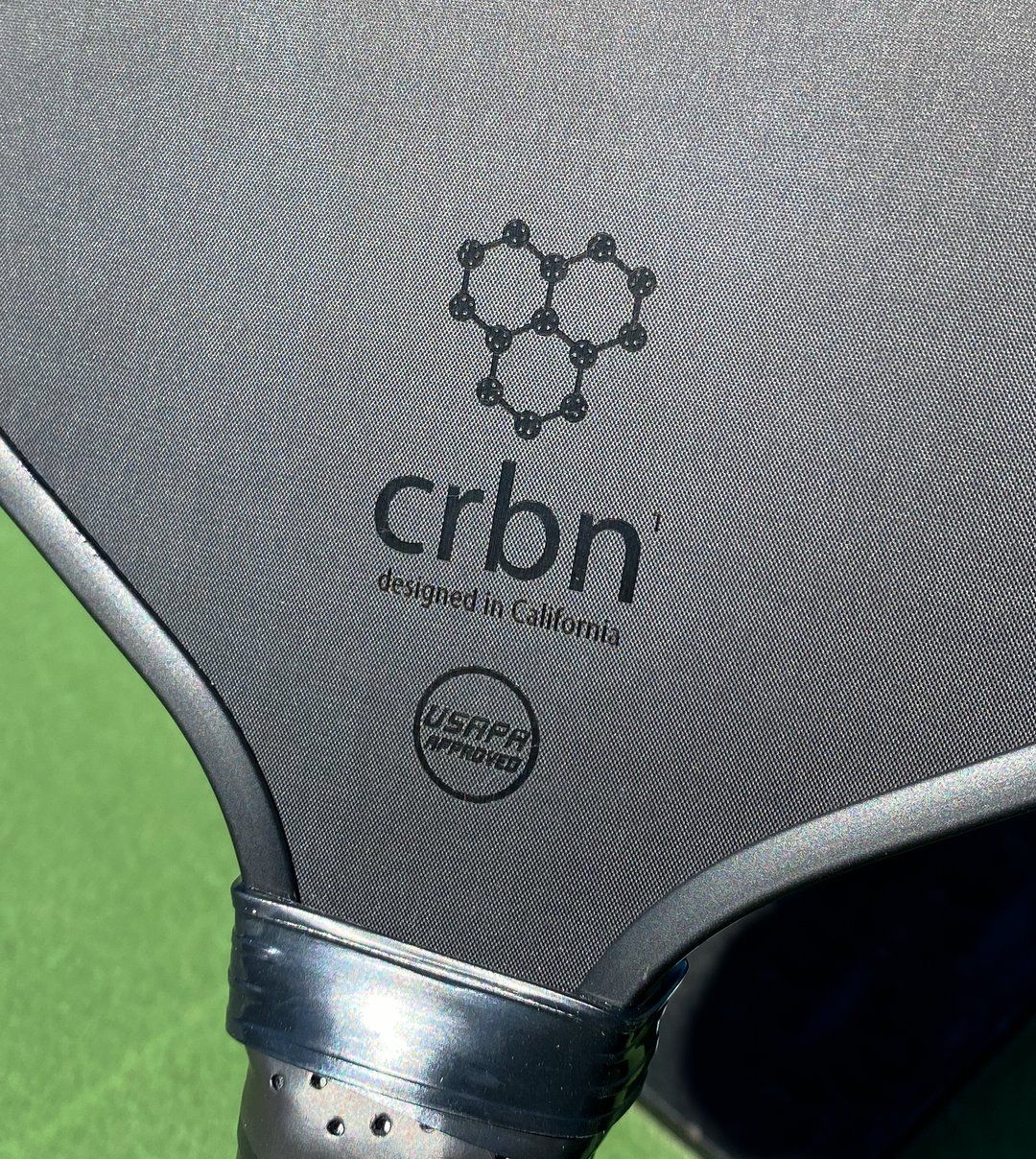
That particular ban only lasted a few weeks, as new CRBNs were manufactured, passed testing, and were re-listed on the USAP Approved Paddle list by the end of May.
More recent PaddleGate stories include:
- JOOLA Gen3 Paddles
- Vatic Pro Oni
- Ronbus Ripple (though, technically, it never made it to the market)
Of course, there have been other paddle-related stories as well:
- Paddle testing results from MLP Daytona
- 65 percent of paddles fail testing at MLP Atlanta
- Andrei Daescu's foreign substance
And, of course, there's the ongoing question of why the Gearbox Pro is still allowed to be on the approved paddle list.
How will PPL and UMass-Lowell solve the juiced paddle problem?
Since this collaboration is new, we don't know the effects of hiring a third-party, independent testing company like UMass-Lowell on pickleball and paddles.
Perhaps they will rule the same way USA Pickleball has and not allow the use of these recently delisted paddles, or maybe they'll decide they are just fine and put them back into play for UPA events.
Like you, we are eagerly awaiting the report. Sign up for The Dink newsletter to stay up on all of the latest details and developments.
Pickleball Skill Quiz
Find out your pickleball rating
 Pickleball Skill Quiz
Pickleball Skill Quiz
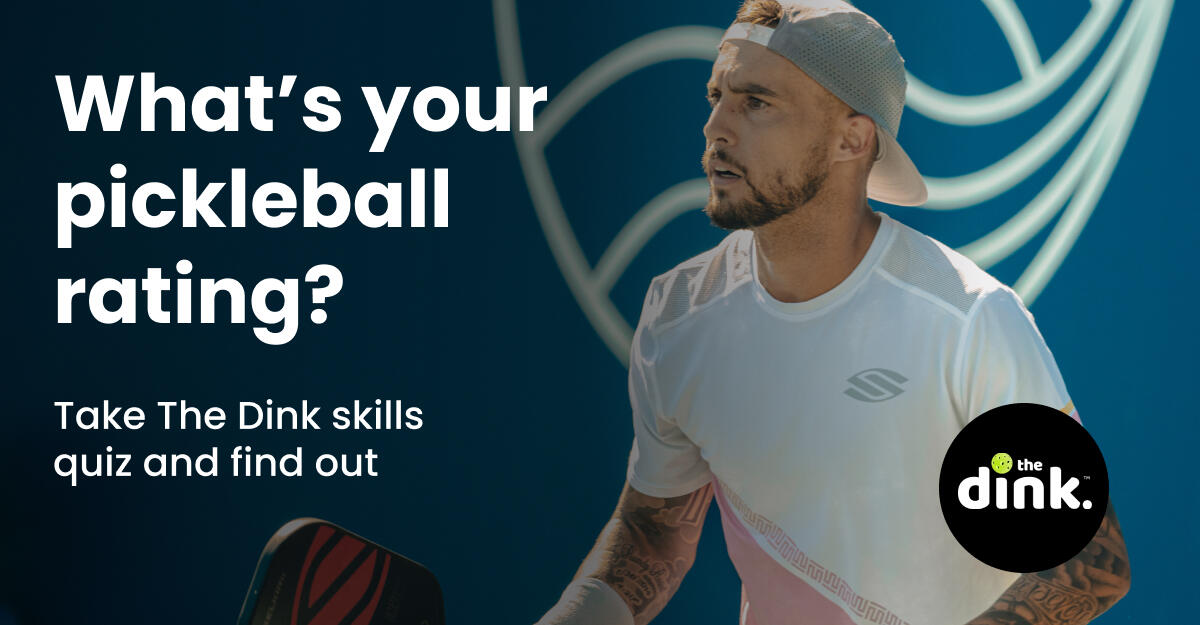
Anuncie Aqui / Advertise Here
Sua marca para o mundo Pickleball! / Your brand for the Pickleball world!

 English
English  Spanish
Spanish  Portuguese
Portuguese  German
German  Italian
Italian  Japanese
Japanese  French
French  Polish
Polish  Russian
Russian  Netherlands
Netherlands  Hungarian
Hungarian  Turkish
Turkish  Videos
Videos 
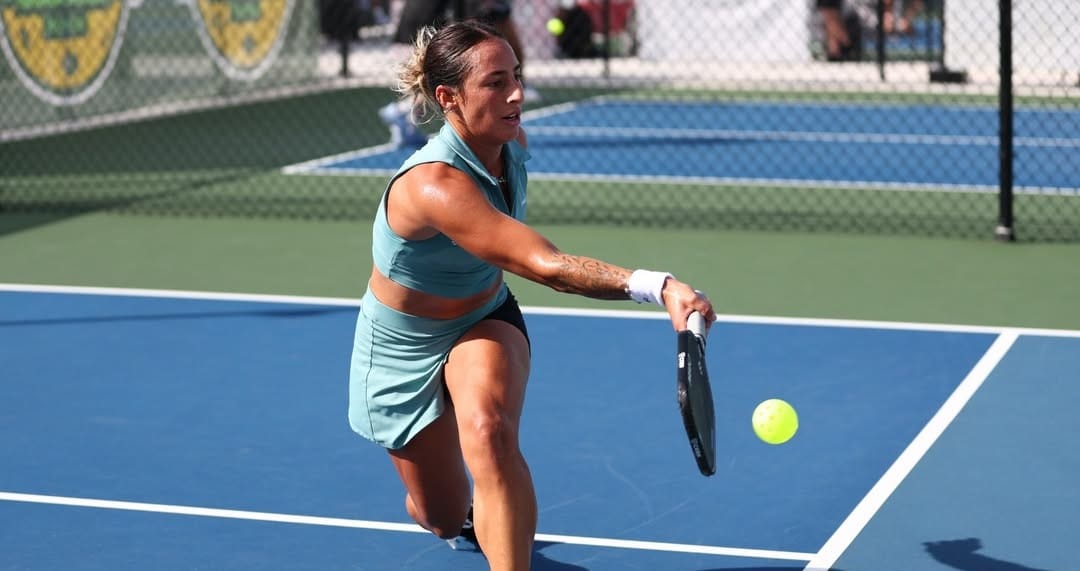
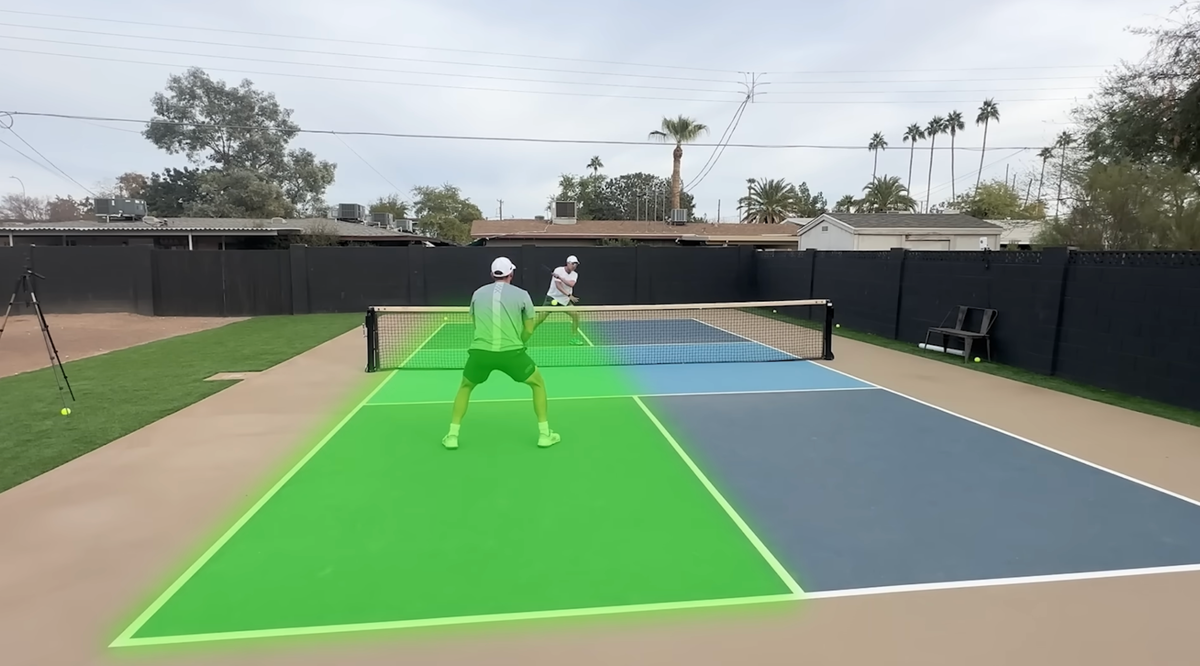
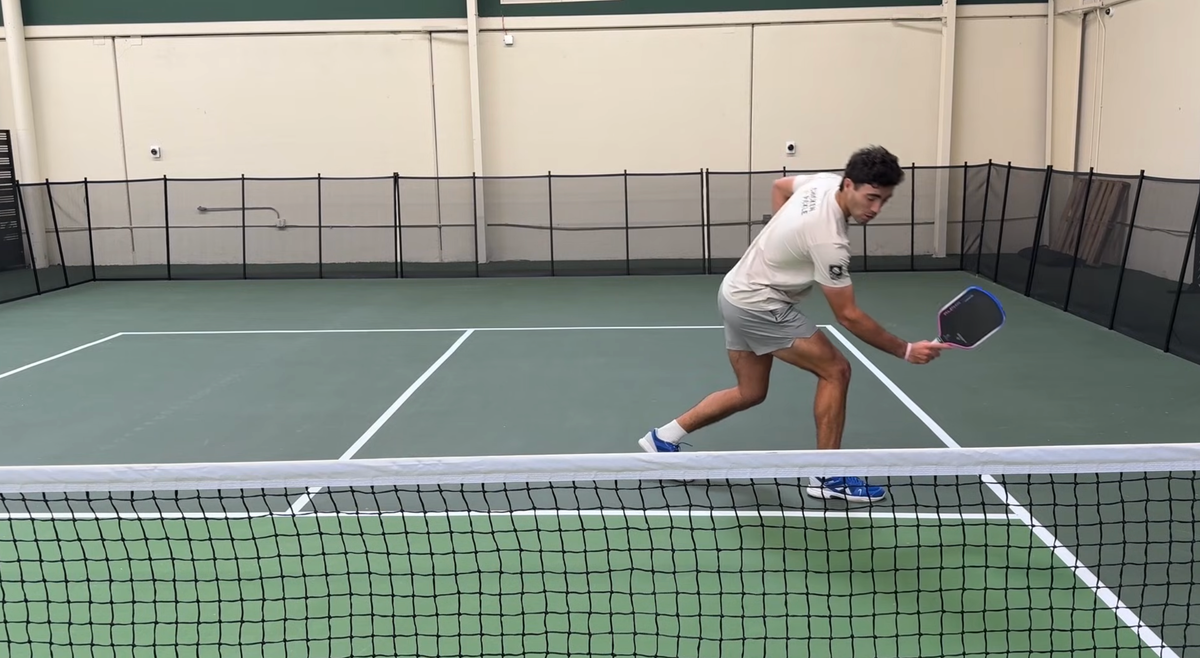
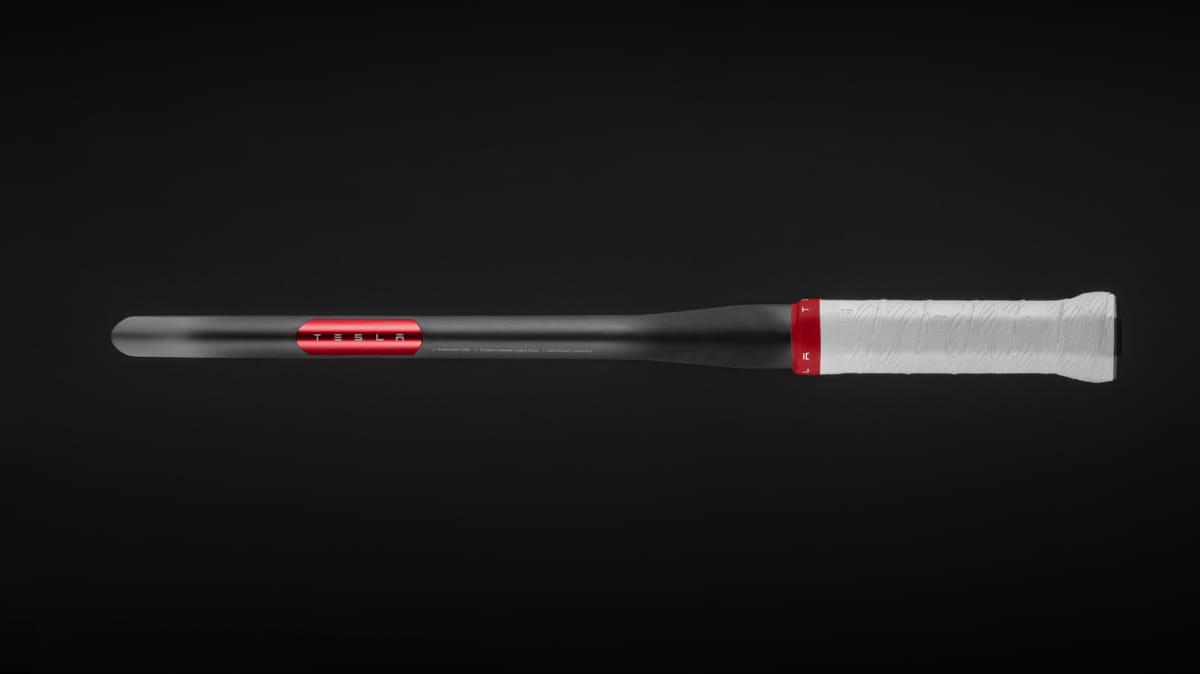




 English (US) ·
English (US) ·  Portuguese (BR) ·
Portuguese (BR) ·